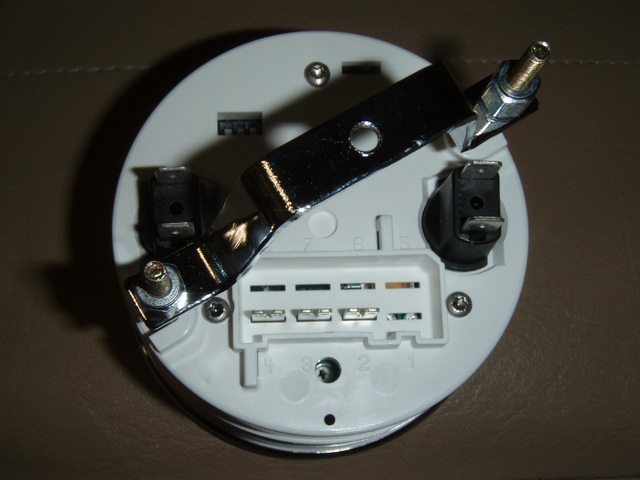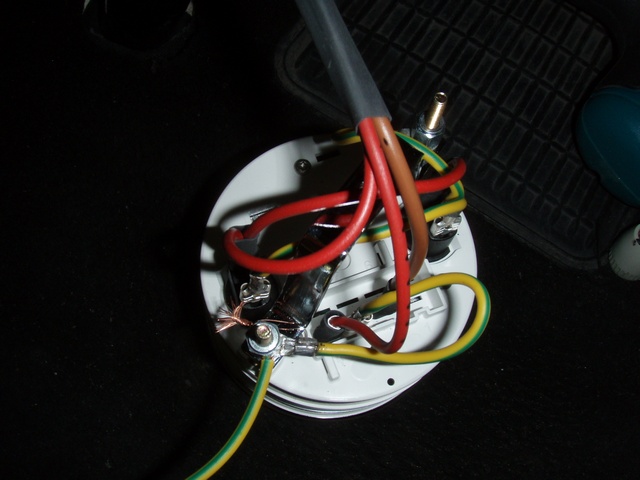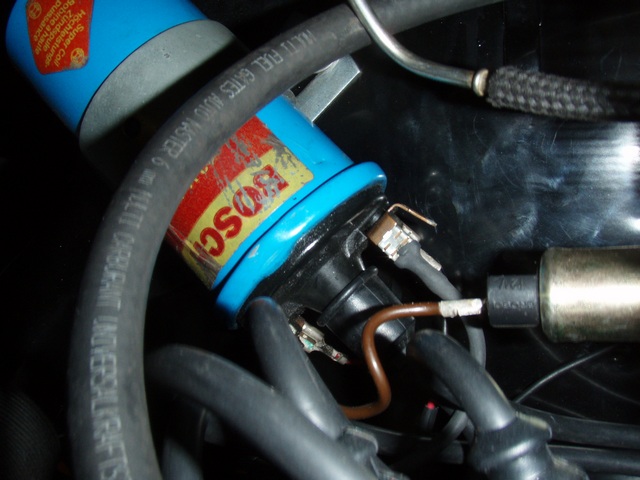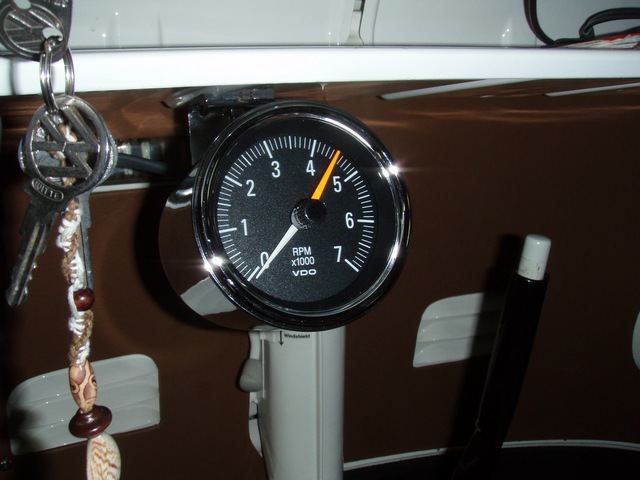Tachometer
Having a tachometer in your vehicle does provide you with a couple of benefits; like being able to see the right moment for changing gears and driving at maximum torque in the mountains. Since it also helps lengthening your engine's life (assuming you will put the tachometer to proper use) it made me decide to install one in my Kombi.
Tachometers are available from many different brands, in a wide variety of models and RPM ranges. I decided to buy a VDO series-1 gauge, since I already had a same series oil temperature gauge installed and the series-1 most closely resembles the original gauges.
Tachometer installation plan:
- Install one wire from back to front (I have it alongside the chassis, opposite to the original wire loom);
- Connect this wire to terminal 1 (-) of your ignition coil;
- Connect the other end of this wire to the signal inlet on the tachometer gauge;
- Pull an extra wire from your speedometer or fuel level gauge lights to the tachometer light (this way you will be able to dim the tachometer light);
- The tachometer will require a 12 Volt connection (get it from your fuse box or split it from the fuel level gauge);
- Make sure that both the gauge's lighting and tachometer have been properly grounded (-) at the car body (in my case this is done via the metal mounting cup of the tachometer, in case of plastic mounting material, you will need an additional wire to ground the gauge to the car body).
Most tachometers have a couple of dipswitches that allow you to adjust the tachometer to the amount off cylinders your engine has (you need to set this up to ensure proper functioning of your tachometer, since it uses the ignition signal to count your engine's rpm’s). For the most of us splitty drivers this will be 4.
After setting the amount of cylinders, there should be no need to alter the factory settings of the tachometer with regard to its accuracy. If in doubt, go to a local car repair shop and have them check the engine's rpm’s with a separate tachometer.
When your tachometer hardly indicates 1500 rpm at full throttle... Check the dipswitches, nine out of ten they are set incorrectly (I had my gauge upside down at my first attempt of setting the dipswitches) ha-ha!
If you experience a jumpy or nervous needle at higher rpm's, get yourself a 1N4005 diode from Radio Shack or some other local electronics store and install it between the ignition coil terminal 1 (-) and the tachometer gauge signal inlet (either at the ignition coil end or the gauge, both will work). This should solve the problem.
See the approved suppliers section for gauge suppliers.





